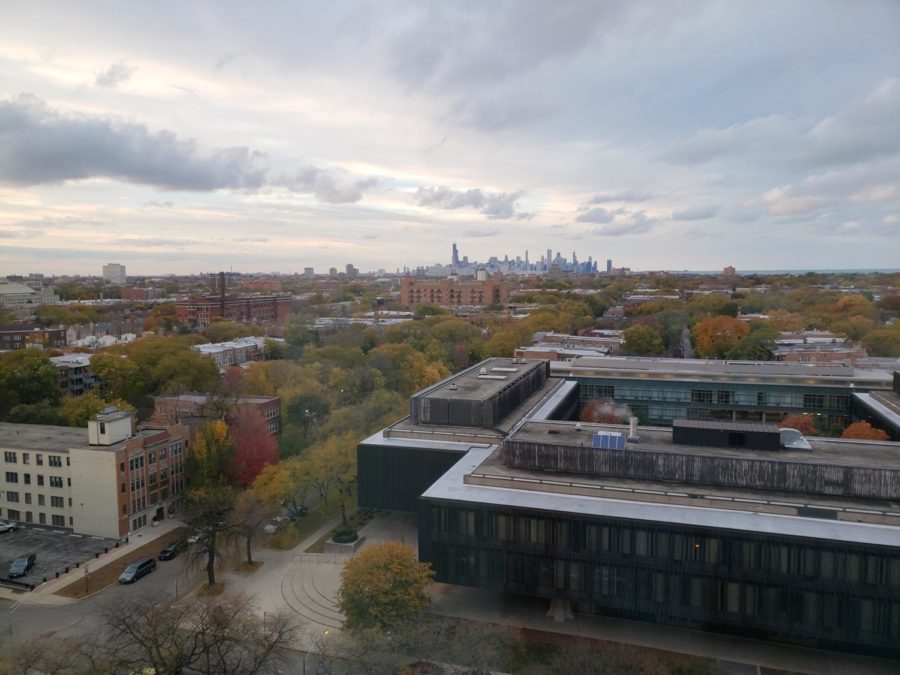Chicago’s Black Metropolis Research Consortium (BMRC) is celebrating its 15th anniversary with a new exhibit. This exhibit explores the history of the consortium, available online and by appointment at the Hanna Holborn Gray Special Collections Research Center. The exhibit showcases an array of artifacts that document African-American and African diasporic history, politics, and culture, with a specific focus on materials relating to Chicago.
Notable artifacts include Black Metropolis: A Study of Negro Life in a Northern City, which documents the history of African Americans from the 1840s through 1940 in Chicago, specifically the South Side. Black Metropolis has since become a landmark text in Black history as it offers insights on race relations and racial discrimination against African Americans, as well as the culture and forms of community they were able to build in the city.
Also included is the “Emergency Sign” from the Community Hospital of Evanston. This sign has become a symbol of resistance against oppression, as most Evanston and Chicago hospitals historically did not admit Black patients or employ the Black doctors who treated them outside of medical emergencies.
Visitors will also have the chance to see a photograph of Douglas–Lake Meadows, one of the South Side neighborhoods formed as a solution to urban crowding whereby older and often substandard buildings were demolished due to efforts of gentrification. Taken by Margaret Mead, the photograph features a high-rise building juxtaposed with an older, dilapidated apartment complex, capturing the stark divide of urban renewal.
Showcasing more than 100 artifacts, the exhibit reveals how many Black-historical artifacts have remained either unavailable or uninteresting to researchers, given the unknown scope of contents within those collections. The BMRC hopes that the displayed artifacts “can provoke questions about how we document, share, understand, and preserve Black experiences.”
Exhibit curator Marcia Walker-McWilliams (Ph.D. ’12) commented on the significance of the exhibit in a series of videos filmed in advance of the online exhibit.
“Being able to locate primary sources and historical collections that document Black experiences has been extremely important,” Walker-McWilliams said. “These primary sources are really building blocks of scholarship…. They shed light on what people were doing in a particular moment, how they were living, and how they were relating to one another.”
“The exhibit showcases the rich tradition of African-American intellectuals and writers in the city of Chicago,” Walker-McWilliams said. “The BMRC continues to connect all who seek to document, share, understand and preserve Black experiences.”









